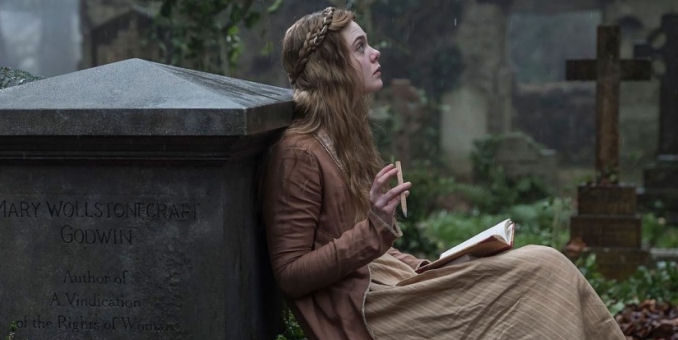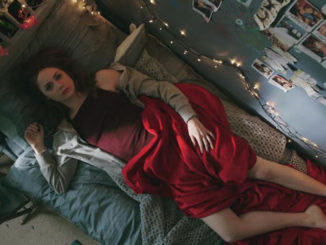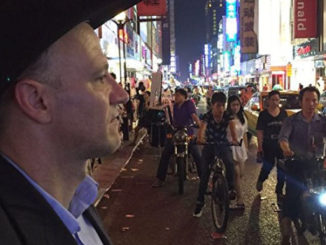Much like the patchwork monster in her most famous literary work, the new eponymous film depicting the life of Frankenstein author Mary Shelley is a crazyquilt of mismatched parts that lurches to and fro, eliciting at first shock but ultimately just pity.
Mary Shelley does the standard work that a biopic needs to do. It goes through the important moments of the author’s life, tracing it from when she meets Lord Byron at the age of 16 through her marriage to poet to Percy Shelley to the stormy evening that led her to penning her seminal novel. Along the way we see her struggle against the patriarchal society of 19th century England as she tries to keep her marriage together and be taken seriously as a woman writer.
The problem is that the film is just going through all of the moments of Shelley’s life as if ticking items off of a checklist. Fights with her evil stepmother? Check. Shipped off to Scotland for a bit as a teen? Check. Returns to London as strong-willed as ever? Check. And so on. The movie seems to think that as these incidents happened in a certain order that presenting them in that same order is all that is needed to make it a story. But there is no narrative cohesion between these segments, no flow from one scene to the next. Part of the reason is that the screenplay doesn’t seem to supply these links. But director Haifaa Al-Mansour doesn’t really give us any visual transitions between scenes. The result is an episodic mess as the film continually jerks to random starts and stops.
If the film hangs together at all it is thanks to the performances from some of the film’s leads. Elle Fanning portrays Shelley across a decade of her life – from sixteen to her mid-twenties – providing most of the continuity that binds the film together. Tom Sturridge’s Lord Byron enjects some much needed energy whenever he pops back into the narrative. On the other side of the pendulum though is Ben Hardy as friend of the Shelleys Dr John Polidori. This character is so underwritten and performed that he barely makes an impression. It is only at the end of the film when the traditional title cards that inform the audience what happened to each of the main characters after the events of the film start to flash on screen and one is devoted to Hardy’s character do we remember he was even in this.
It is easy to see why Al-Mansour is attracted to the material here. As the first female director from Saudi Arabia she most like sees a kinship in Shelley’s struggles to be taken seriously as a female artist in a male-dominated society. And one wants to be sympathetic to the pro-feminist themes of the film, but unfortunately good will towards what it wants to say does not excuse how it fails to say it.





